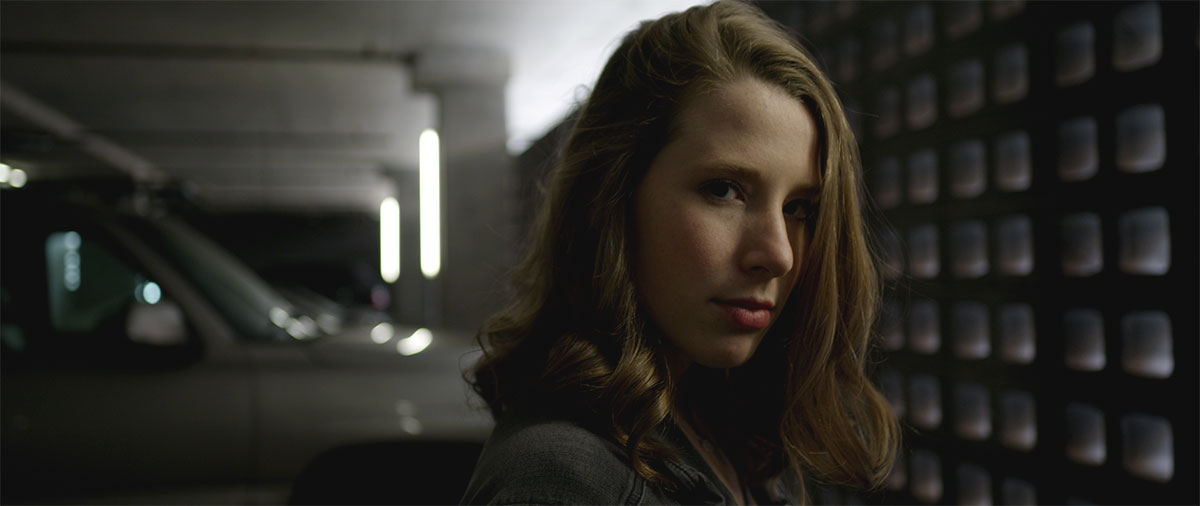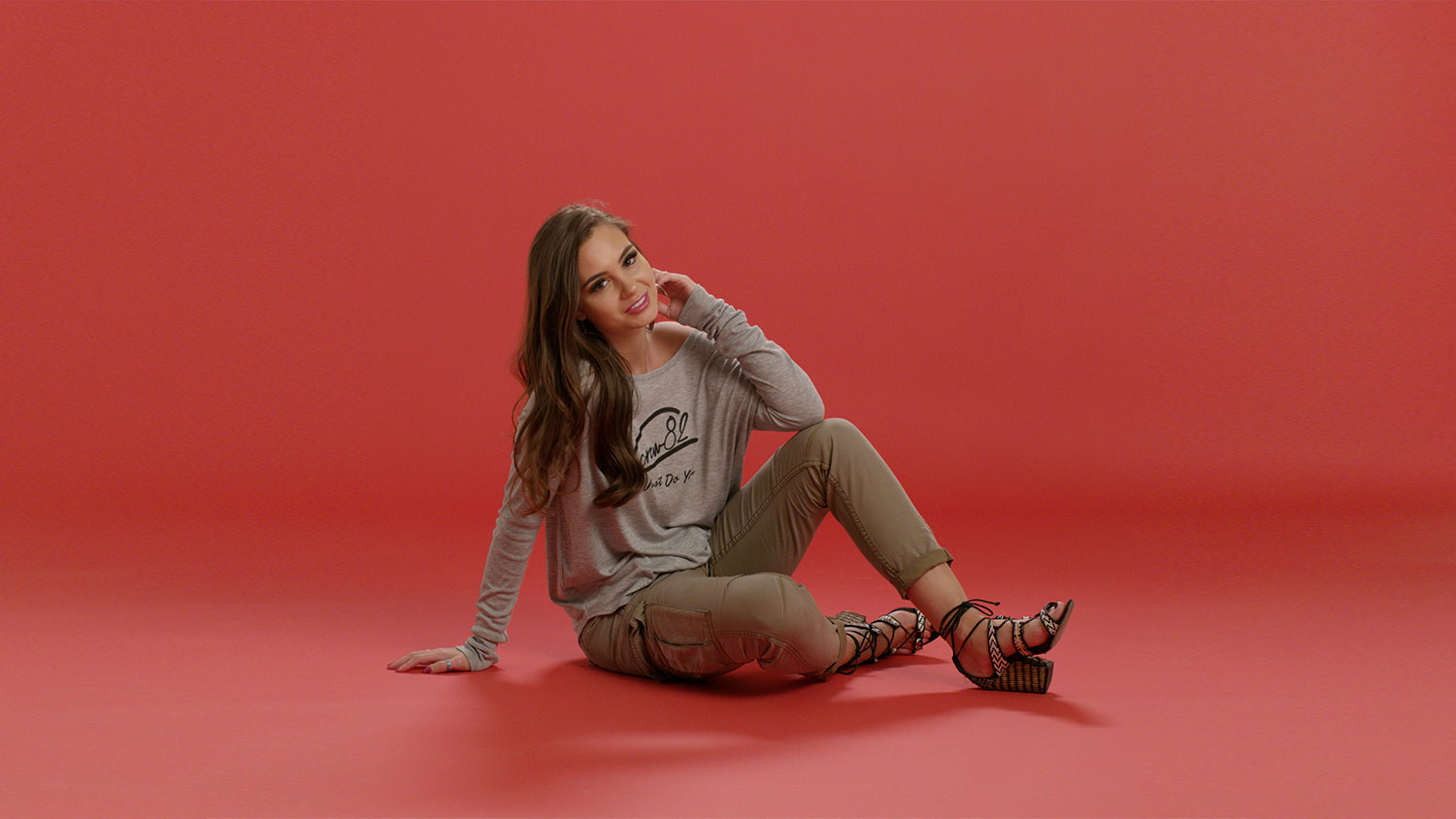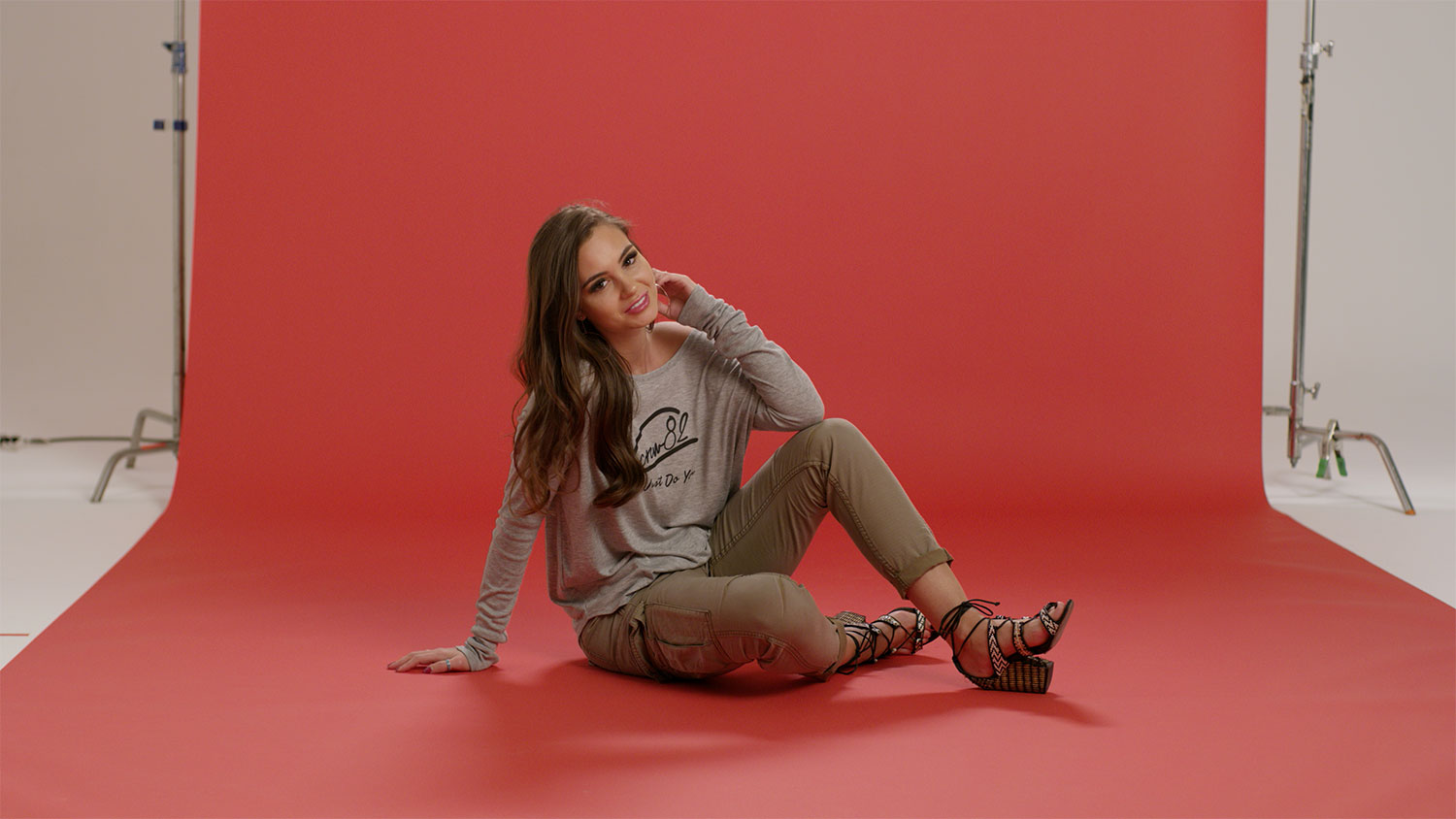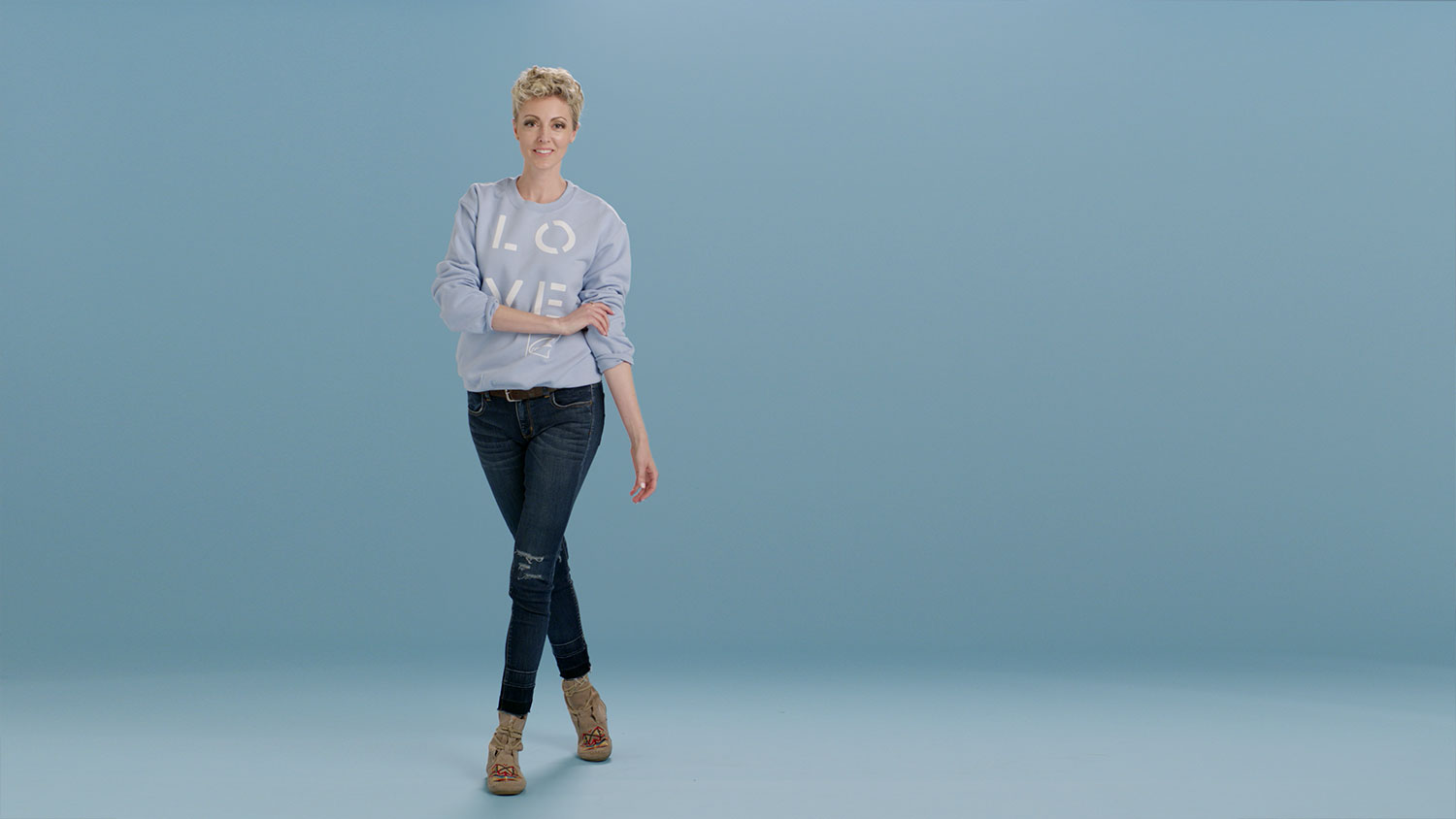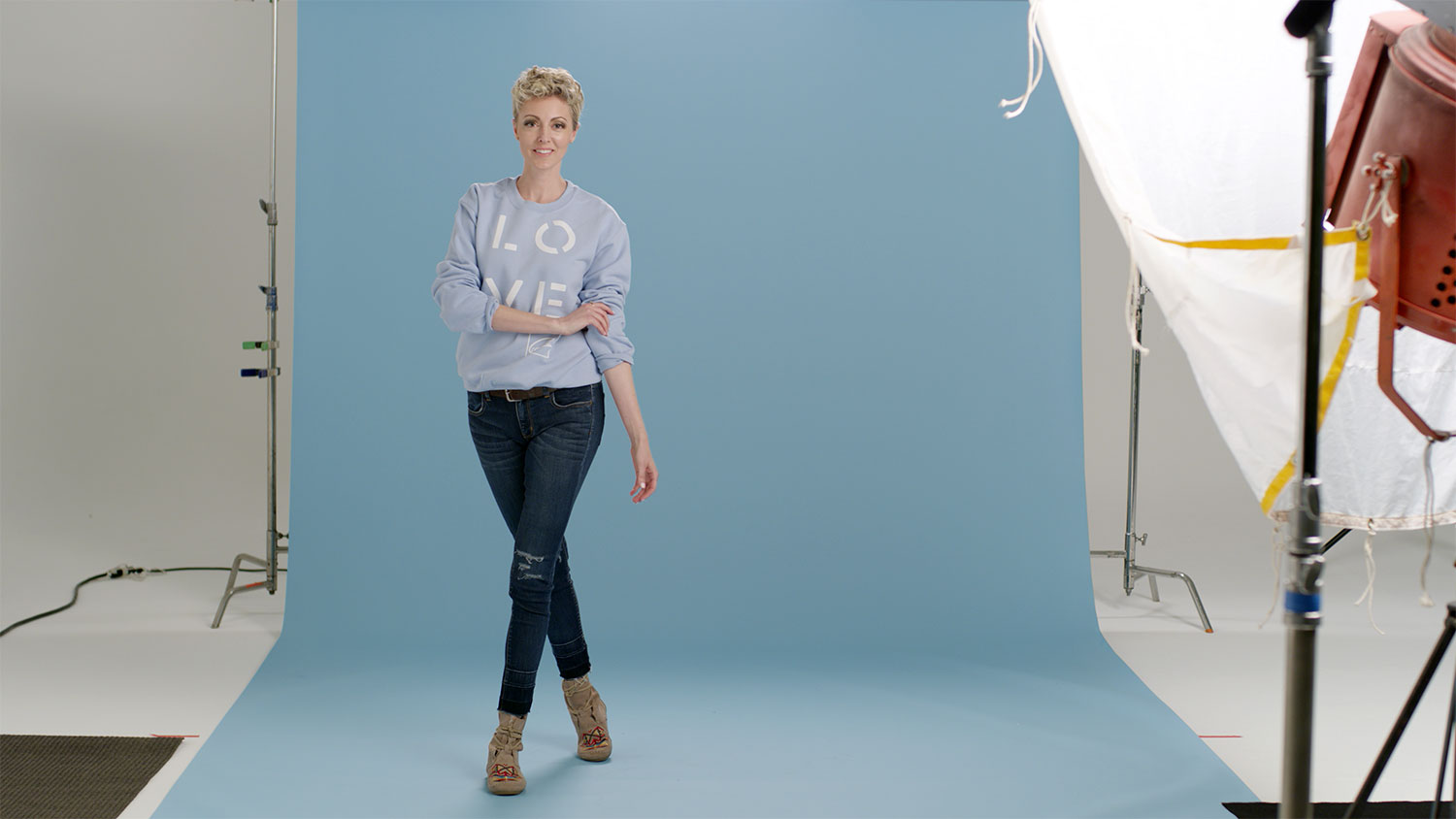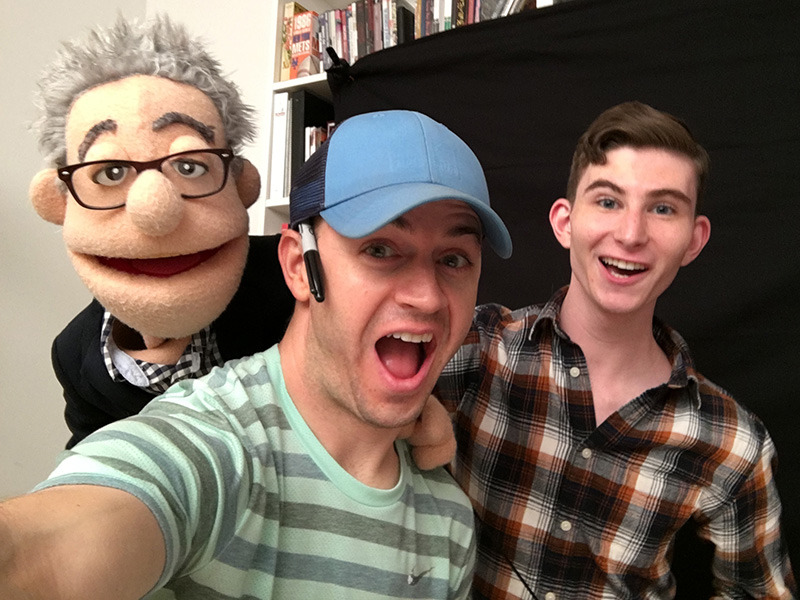For someone who's shot a ton of handheld in an EasyRig over the years and seriously considers it part of my shooting style, adding a Steadicam to the mix has been kinda mind-blowing. We shot this simple test with Madison Bready in just over an hour one afternoon in an impromptu shoot organized just before lunch.
In addition to the Steadicam Aero 30 rig I'd just bought earlier in the week, I'd rented a wireless follow focus and monitor setup from lensrentals.com for a shoot the next couple of days. After a handful of texts, emails, and phone calls John and Madi met me at a coffee shop near downtown Oklahoma City to hang out for an hour or so and make something.
For sure there's plenty of "Hey look at what you can do with a Steadicam!" nonsense in the edit, but being able to move and operate a camera in new ways is like kissing for the first time. Yeah, you're really bad at it, but it's awesome and sure makes your heart beat faster.
Ronins and Movis booted sliders from the trendy/relevant filmmaker pedestal a few years ago but I'd only shot with them a handful of times. Yeah, I've seen some awesome shots with those tools, but I never really bought into it. My back always hurt after using them and I never felt like I had the amount and type of control I wanted.
All the conversations I'd had around stabilized camera movement kept circling back to Steadicams being the way to go. There were a few camera department guys I trust and constantly pester here in town plus the LA steadicam op I connected with working on a recent feature. They all talked about how much practice it takes to even be remotely passable as a Steadicam op and I absolutely agree. I've got a ways to go. Oh, and I now realize I've traded the back pain from an EasyRig for hip pain delivered via a Steadicam vest.
Camera-wise, everything was shot with existing light on my RED Weapon Helium at 8k widescreen, recorded to 4k ProRes, and a Zeiss 25mm CP.2. None of this nonsense was color-corrected or graded. The music is another rad Louis Futon remix from Soundcloud.
Crazy thanks to [John Dewberry][1] and Madison Bready for putting up with and helping me shoot a test like this. I've been working with John over the years and he had come over a day or two before to help me initially set up the kit. I'd been doing some simple tests and practicing around the house, but nothing beats actual time working with talent in front of the camera and an AC pulling focus. Seriously hope to do more with both of them very soon.


